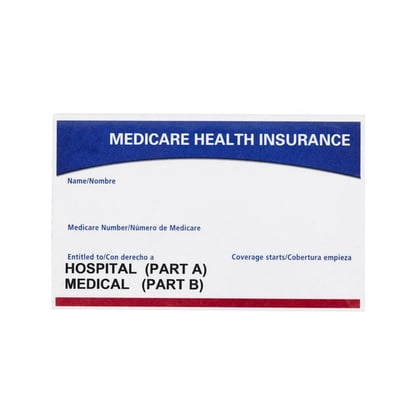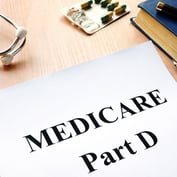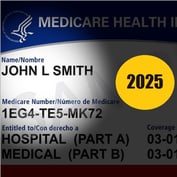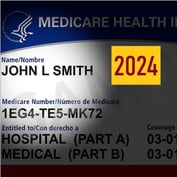What You Need to Know
- The federal government may send about $347 billion to Medicare Advantage plan issuers this year.
- The participants may pay more than $387 billion in premiums.
- Medicare watchdogs think health score creep might have added $9.2 billion to federal Medicare Advantage subsidies.
A watchdog agency wants Medicare Advantage issuers to stop making special efforts to find health problems in enrollees’ medical records and checkup results.
America’s Health Insurance Plans says adding too big of a penalty for issuers’ health risk detective work will backfire by increasing what enrollees pay for the coverage.
The Medicare Advantage program gives private health coverage issuers a chance to provide an alternative to the traditional Medicare program. Plans get a combination of premium revenue from the enrollees and cash from the federal government.
Enrollees typically pay a low monthly premium and end up getting extras, such as low or no deductibles, dental benefits and vision benefits.
The New Battle
The U.S. Department of Health and Human Services Office of Inspector General started a new battle in a long-running war last week, by reporting that 20 issuers they reviewed seemed to be responsible for about $9.2 billion in 2017 health risk score intensity adjustment charges resulting solely from medical record detective work and checkup results, and not from bills for sick care.
Officials said that one company, with a 22% Medicare Advantage market share, accounted for about $3.7 billion in intensity adjustment payments related to medical record detective work and checkups.
UnitedHealth Group plans accounted for 22% of Medicare Advantage plan enrollment in 2017, according to Mark Farrah Associates.
Officials suggested that the Centers for Medicare & Medicaid Services, the HHS division in charge of regulating the Medicare program, look at the appropriateness of risk-adjustment payments based on medical record analysis and checkups.
AHIP and Avalere
America’s Health Insurance Plans, a group of health insurers, hired Avalere, a consulting firm, to look at a related issue: How the Medicare program might adjust Medicare Advantage issuers’ enrollee health risk score numbers in the future to reflect the average gap between those scores and the scores the Medicare program might expect the same enrollees to receive if they were in the traditional Medicare fee-for-service program.
The current “coding intensity” adjustment is 5.9%, according to AHIP.
AHIP had Avalere look at what would happen if CMS acted on proposals to increase the coding intensity adjustment to 7%, 8% or 9%.
If issuers held benefits steady, and the coding intensity adjustment increased to 9%, then the average monthly enrollee premium for ordinary Medicare Advantage plan coverage might increase to about $23, from about $21 per month today, according to the Avalere analysis.









 September 29, 2021 at 04:22 PM
September 29, 2021 at 04:22 PM











